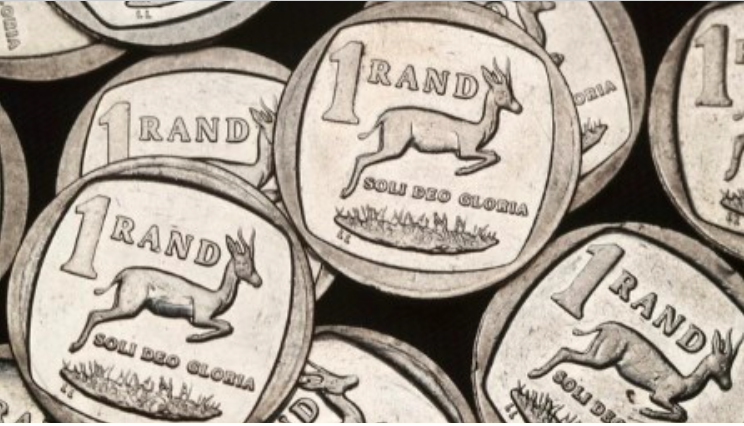Cryptocurrency investment is no longer just for tech geeks and Wall Street wizards – it’s for everyone!
In this guide, we’ll break down the most effective strategies to help you navigate the thrilling and often unpredictable world of digital currencies. Whether you’re looking to diversify your portfolio, find the next big coin, or simply understand the basics, we’ve got you covered.
Here are 10 cryptocurrency investment strategies for 2024 to help you grow your portfolio and wealth.
Dollar-Cost Averaging (DCA)
Dollar-cost averaging is crypto investment strategy where you put in a constant amount of money into the cryptocurrency of your choice at regular intervals. It helps you spread out your investments over time to manage the effects of price fluctuation. When using DCA to buy, you have the potential to accumulate more units when prices are low and less when prices are high. It may reduce your average cost per unit. In essence, it ensures that the risk of investing a large sum at a high point is low, therefore benefiting volatility. DCA is perfect for the hands-off investor who doesn’t want the stress of market timing.
HODLing
A word that entered the cryptocurrency vocabulary through a misspelled word in a 2013 Bitcoin forum post. Now used as an acronym for “Hold On for Dear Life,” it symbolizes the act of holding one’s cryptocurrency through any market high and low due to a belief in its ultimate growth. Best used for long-term plays, it is said that you should HODL on for dear life all your cryptocurrency investments, no matter what the markets throw in your way, with faith in their potential. Ideal for the ‘hands-off’ person, HODLing requires patience and unwavering belief in your chosen assets, often holding them for years through market turbulence.
Diversification of Porfolio
Portfolio diversification is a fundamental strategy in any investment plan. The same stands true for cryptocurrencies. It includes spreading investments across an array of assets, sectors, and risk profiles to avoid the full impact that would occur from the performance of one lone asset on the entire portfolio. In other words, this would entail holding a mix of large, well-established cryptocurrencies like Bitcoin and Ethereum against smaller-cap altcoins with greater growth potential. Diversification can happen not only within crypto but also across other asset classes like stocks, bonds, and real estate. It would aim to bring down the risk level and improve the chance of getting more normalized returns over time.
Staking
With the rise of Proof of Stake (PoS) blockchain networks, staking has become a popular crypto investment strategy. In simple terms, staking involves holding some amount of a particular kind of cryptocurrency in a wallet to support the operations of the network, and in return get rewards for doing so. Essentially, staking helps secure the network while maintaining this very feature of decentralization, for the passive receipt of stake rewards. Some staking rewards may differ between the staking period and network participation rates, supply, and a certain duration. This has proved enticing to all those who wish to earn passive income as an investor and for taking part in the governance of the blockchain without the need for costly mining equipment.
Masternodes
Masternodes represent another form of staking, whereby an owner stakes a strong number of cryptocoins; the masternode conducts network operations and validates transactions. Masternode operators are rewarded, which makes investment into an asset very attractive in order to invest a big number in those coins. The two prerequisites for being a masternode operator are holding a certain minimal amount of cryptocurrency and maintaining a separate server. In response, operators are awarded with new coins from created coins and fees. The return rates of masternodes can be quite high, but those nodes require technical skills to be maintained.
Arbitrage Trading
This is exactly arbitrage trading: profiting from differences in prices for the same assets on different cryptocurrency exchanges. This is quite an opportunity when a person buys at a low price on one exchange and then sells at a high price on another. Arbitrage opportunities arise as a result of market inefficiencies, they are very transient in some cases and demand fast execution on those opportunities. Proper arbitrage trading requires three elements: access to multiple exchanges, low transaction fees, and efficient trading infrastructure.
Swing Trading
Swing trading in crypto markets is a strategy relying on short-term to medium-term trends. Such a strategy is particularly efficient when there is a lot of volatility and frequent price swings. Swings traders would normally hold positions for several days to weeks, which helps them capture patterns in the trend and market momentum. To be a successful swing trader or investor, one has to perfect the art of timing entries and fully understand all market indicators. Traders use various tools such as moving averages and RSI to identify the likely entry and exit points in an attempt to maximize gains from market movements.
Trend Following
It fits well into the dynamic approach in the crypto market, whereby it captures and capitalizes on the market trend. Trend following is an approach to the investment based on capturing and capitalizing on market trends, and thus its focus is on long-term market trends rather than short-term gains. Trend followers observe the future trend with technical analysis by using past data and past price movements. Once the trend has developed, follow-through behavior is done by buying in an uptrend and selling or shorting in a downtrend.
Day Trading
Day trading is considered a high-energy investment strategy best suited for lovers of crazy market changes. Day trading means buying cryptos and then selling them within a trading day at a profit. Most successful day traders will make quick, on-the-spot decisions in a matter of minutes or hours as they watch the market fluctuate. The approach requires one to be very observant of market trends and technical analysis so that moving swiftly is feasible when the need arises.
Fundamental Analysis
Fundamental analysis is the assessment done on factors that help determine the value and viability of a cryptocurrency investment. These factors include things like team, adoption, market demand, and the project’s technology. Doing a proper fundamental analysis helps to differentiate between those assets with growth potential that are currently undervalued and those that are overvalued. Some important project key metrics include whitepaper, development roadmap, community activity, strategic partnerships, and competitive position.
Conclusion
Understanding and mastering these cryptocurrency investment strategies will improve your chances of success in crypto trading, whether you’re in it for long-term investments or short-term gains.
For more helpful crypto insights and tips, subscribe to our BlockMatra newsletter. We don’t spam; we only send two newsletters per week filled with valuable information designed to help keep you ahead in the crypto world.







